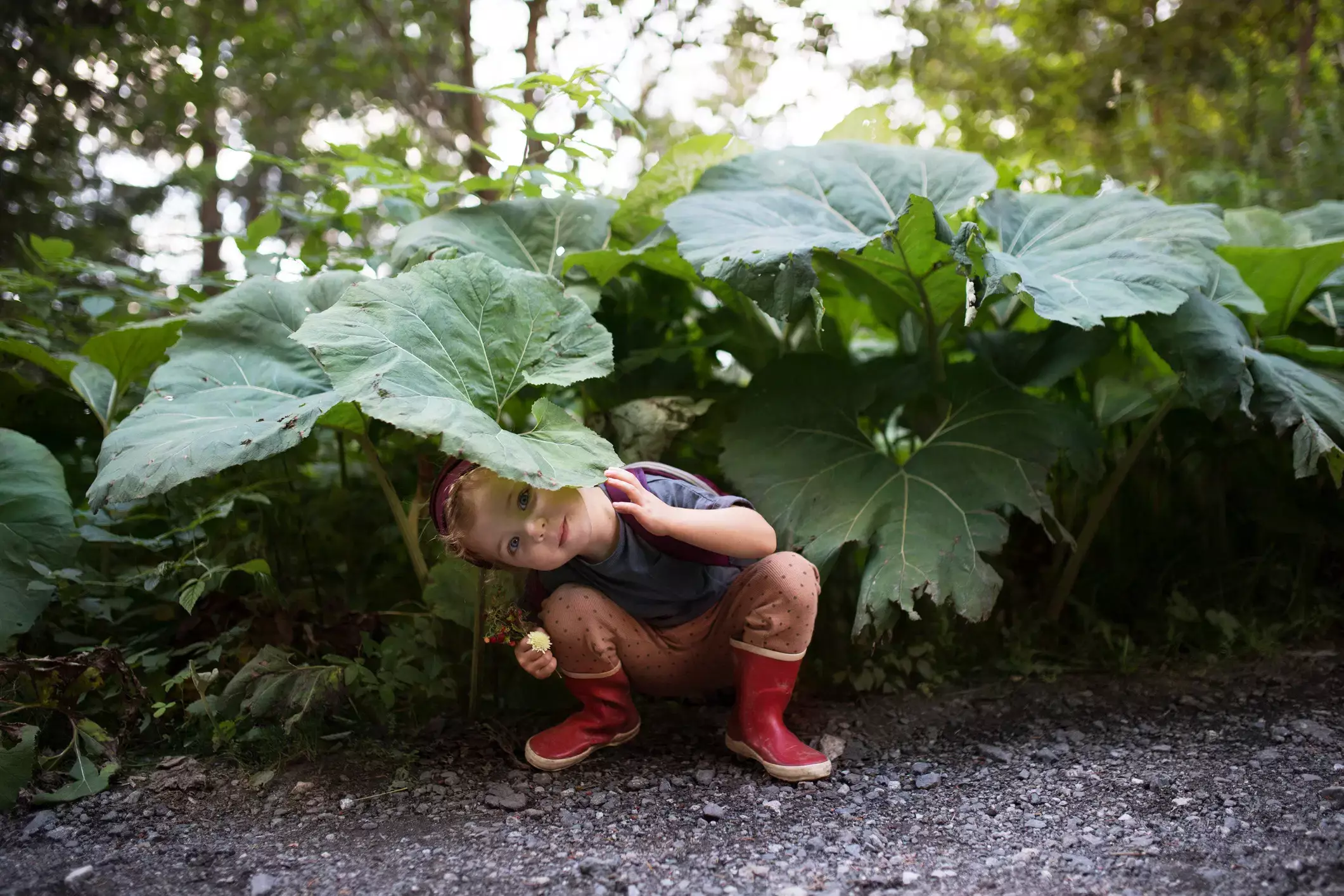In an astonishing revelation, it’s been discovered that the human body is home to roughly the same number of bacterial cells as its own cells, totaling around 38 trillion bacteria. This surprising statistic serves as a reminder of our complex relationship with these microorganisms, highlighting their significance in health and wellness. These microbes, both beneficial and harmful, form what we refer to as the microbiome—an intricate ecosystem that plays a crucial role in our everyday lives.
As a mother, entrepreneur, and author, I recognize the impact of the microbiome on parenting and child development. In working closely with leading experts in the field of microbial science, I have come to view the microbiome not merely as a scientific curiosity but as a transformative lens through which we can understand health, behavior, and holistic well-being.
The Early Years: Seeding the Microbiome
The journey of a child’s microbiome begins at birth. The initial microbes a newborn encounters largely come from the birthing parent through various means such as birth, skin contact, and breastfeeding. This early seeding is influenced by numerous factors, including whether the birth was vaginal or via Cesarean section, the use of antibiotics, breastfeeding practices, and even the child’s initial environment—whether urban or more rural and natural.
From birth through early childhood, these factors shape an infant’s microbiome, impacting not just digestive health but potentially influencing immune system development and even susceptibility to allergies and asthma later in life. By the time children reach approximately three to five years old, their microbiomes begin to stabilize into what scientists term a “steady-state microbiome.” This foundational period sets the tone for lifelong health, and as parents, we are positioned to nurture this development actively.
One of the most impactful ways we can care for our children’s microbiomes is through thoughtful nutrition. Research highlights certain dietary patterns that promote a diverse and healthy microbiotic community. A diet rich in diverse plant fibers and polyphenols is essential. Delicious foods such as fruits, vegetables, whole grains, nuts, and legumes should be staples in your child’s diet. Foods that are high in probiotics—like yogurt and fermented products—can also be beneficial.
On the contrary, diets high in sugar and processed foods can adversely affect the gut microbiome, stifling its diversity and impairing digestive and immune function. The evidence is clear: minimizing processed foods while maximizing variety can have lasting positive impacts on a child’s microbiological health.
The Role of Environment and Lifestyle
Beyond diet, a child’s environment and lifestyle are crucial factors for optimizing their microbiome. Encouraging outdoor play opens doors to new microbial exposures. Engaging with nature brings children closer to diverse microbes that contribute to building resilience in their immune systems. Several studies underline that children who grow up in more biodiverse outdoor settings tend to showcase healthier gut and skin microbiomes.
Moreover, pets play a significant role. Pets introduce unique microbes to our households that can bolster children’s understanding of what is harmful versus harmless. While it’s crucial to monitor allergy potential with pets, cultivating a household with furry friends can yield unexpected health benefits.
Empowerment Through Understanding
Understanding the microbiome and its implications for health can empower us as parents to make informed decisions. A proactive approach, utilizing knowledge of microbiome science, enriches our capacity to guide and nurture our children’s health effectively. Teaching children about their bodies’ incredible ecosystems prepares them for a future where they can advocate for their health and well-being.
To facilitate this understanding, resources such as “A Kids Book About Your Microbiome” can help illuminate these complex concepts in a way that resonates with young minds. It’s our responsibility to translate scientific knowledge into parental guidance. By doing so, we provide our children not only with answers to their “whys” but also a solid foundation of knowledge to ask better questions themselves.
The rapidly evolving field of microbiome research unveils layers of complexity about our interactions with these tiny organisms. It is essential to embrace a balanced perspective—appreciating the benefits of microbes while recognizing potential dangers posed by pathogenic varieties. Acknowledging ourselves as superorganisms unites the human experience with the microbial world, encouraging us to foster healthier microbe populations in our lives.
Our relationship with microorganisms is profound and layered. As we navigate parenting in a world increasingly aware of microbiological communities, we must engage with this knowledge, nurturing both our children’s health and our own for a healthier future. Embrace the microbiome for the remarkable asset it is, unlocking new avenues for growth, understanding, and health for your family.

